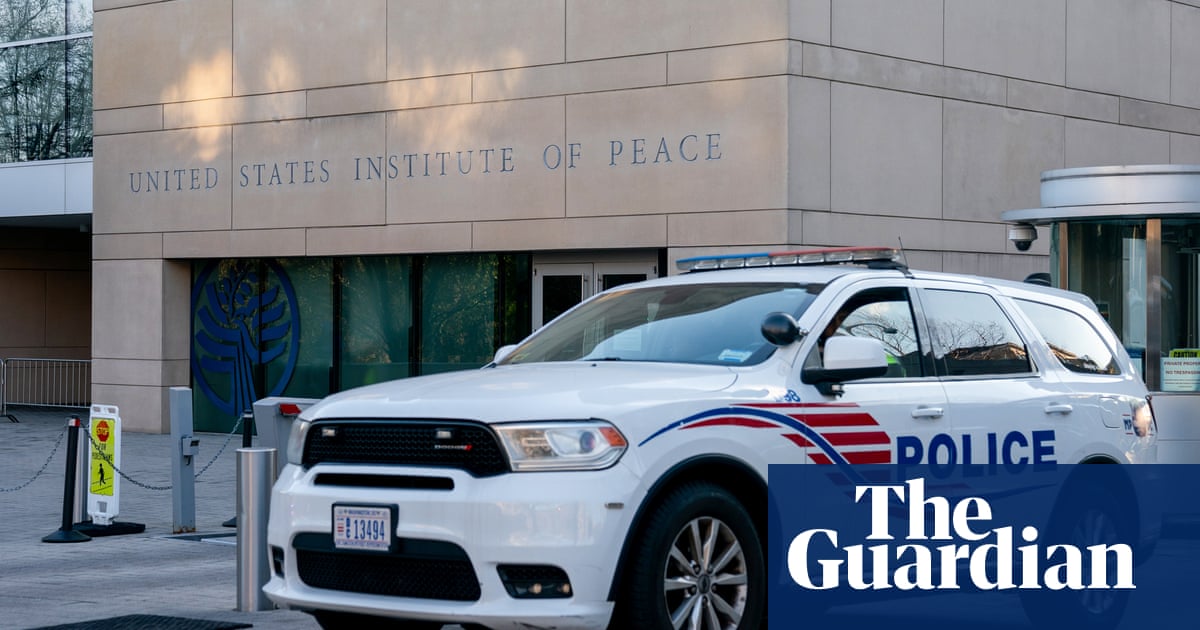A federal judge on Monday blocked efforts by theTrump administrationand its so-called “department of government efficiency” (Doge) to dismantle the US Institute of Peace, at least temporarily.
Doge, initially overseen by billionaire Donald Trump supporter Elon Musk, took over the congressionally created and funded thinktank in March and hadfired most employeesby a late-night email after the US president targeted the institute and three other agencies with an executive order.
The takeoverprompteda couple of lawsuits against Doge and the Trump administration, including from fired employees, trying to impede the institute’s dismantling. The White House claimed the thinktank was in “non-compliance” with Trump’s executive order, whose purported aim was to shrink the federal government’s size. And Doge staff forcefully entered the thinktank’s building after cancelling its contract for private security.
US district court judge Beryl Howell on Mondayruledthat Doge illegally took over the institute through “blunt force, backed up by law enforcement officers from three separate local and federal agencies”.
The judgeruledas “null and void” all actions against the US Institute of Peace – including the removal of its board and the transfer of its property to the government services administration.
Sign up toThis Week in Trumpland
A deep dive into the policies, controversies and oddities surrounding the Trump administration
after newsletter promotion
The institute employed about 300 people. Besides human resources staffers and a few overseas employees, most at the institute were fired.
A White House spokesperson, Anna Kelly, claimed in an email that the institute was taken over and most of its employees dismissed because it “has failed to deliver peace” – and that Trump “is carrying out his mandate to eliminate bloat and save taxpayer dollars”.
Astatementfrom an attorney who filed the dismissed US Institute of Peace’s employees said their workplace’s takeover “was a case of egregious government overreach”.
The statement added: “Armed agents forcing their way into an independent nonprofit’s privately-owned headquarters, seizing its assets, and destroying records – all in the name of so-called ‘efficiency.’”
The Associated Press contributed reporting
